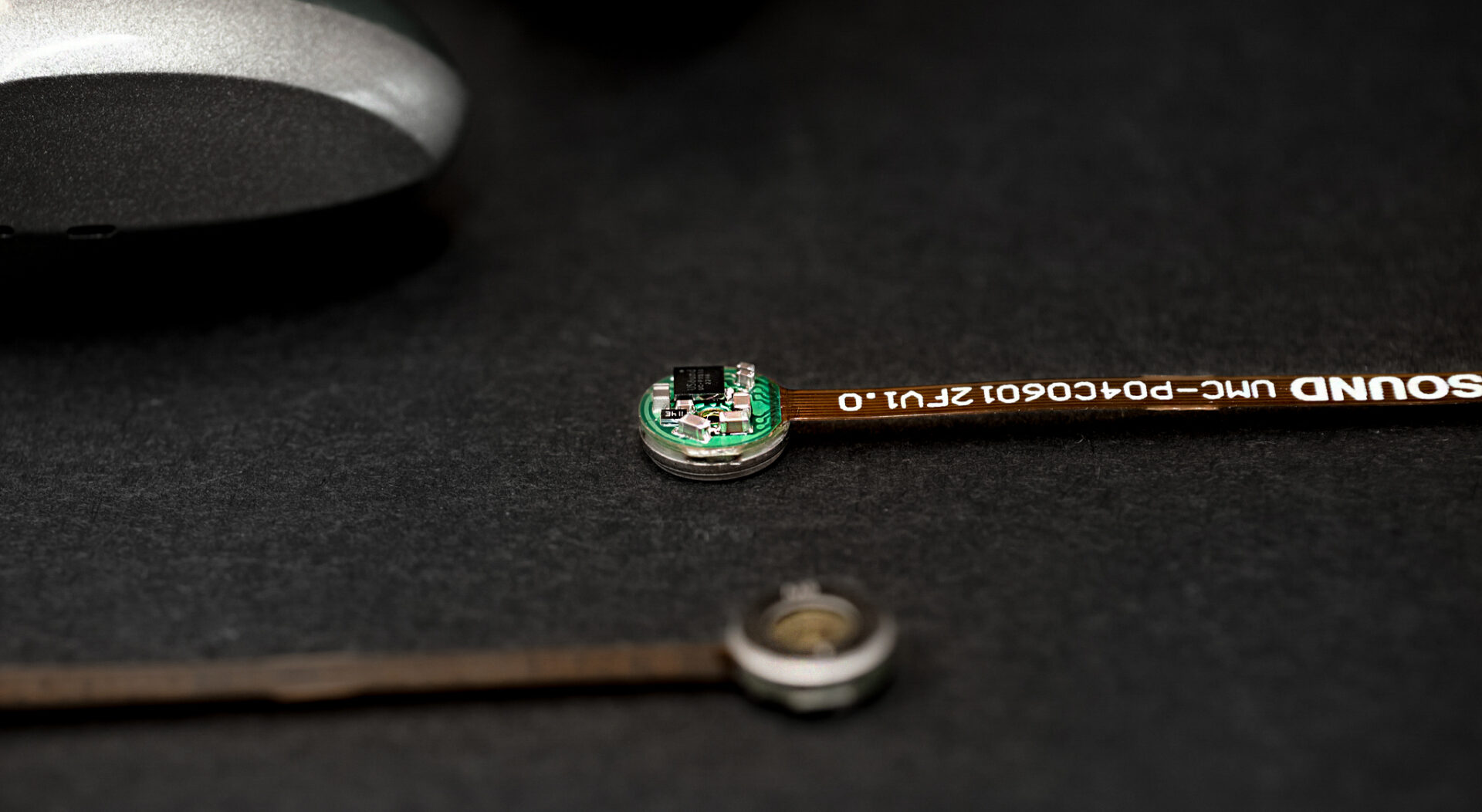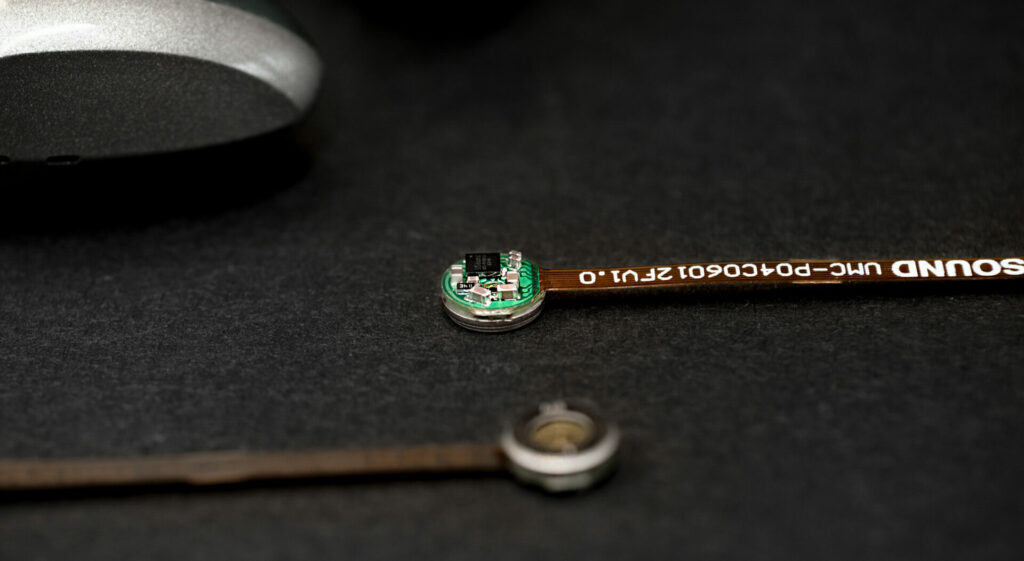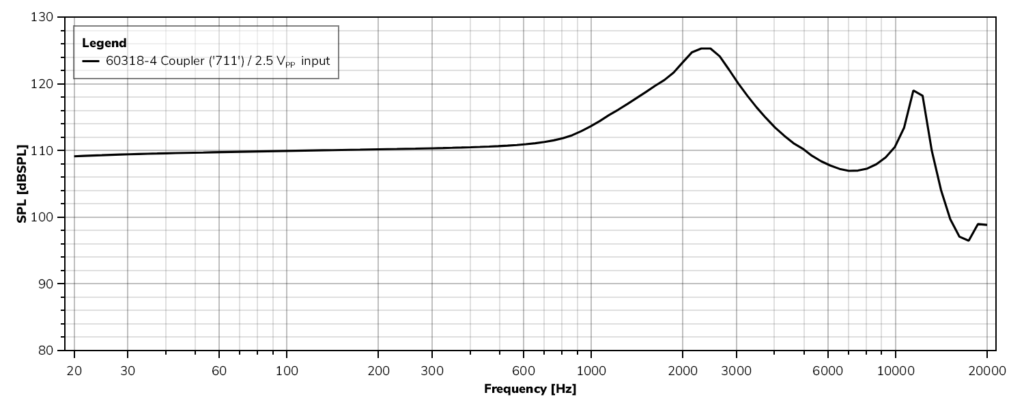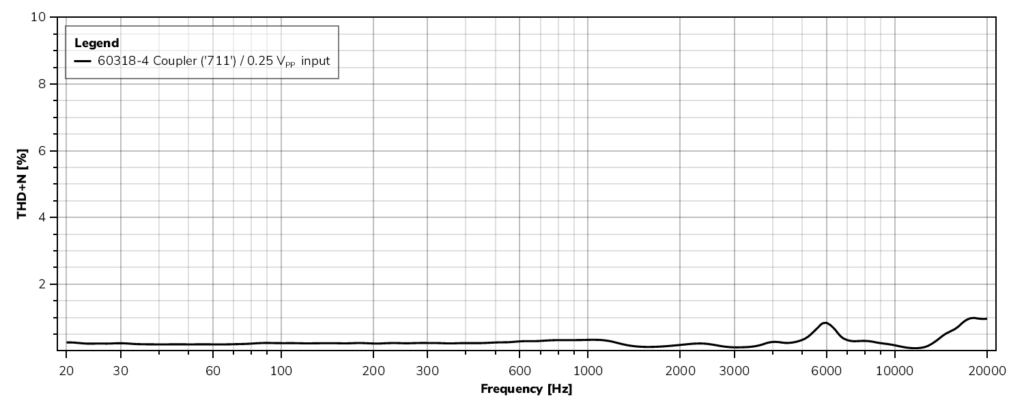
Published:
How MEMS speakers enable modularization | Kore 4.0 Integrated Audio Module
USound’s Kore 4.0 integrated audio module follows the miniaturization and modularization trend. It combines the MEMS speaker Conamara 6mm with USound’s new amplifier IC Tarvos 1.0 into one unit usable for R&D and evaluation. This enables companies to shorten development cycles and release high-quality products at a significantly faster rate.
Miniaturization and Modularization with USound technology
Miniaturization is a clear trend in the consumer electronics industry. Just think of mobile devices and the number of functions that each piece is now able to encapsulate in a very restricted amount of space. On top of this, product cycles are reduced, putting a lot of stress on the development teams and ODMs/OEMs. One possibility to conquer these demands is the modularization of functional units, which can be done in a highly integrated way and reused in multiple applications reducing costs along the way. A typical example is Bluetooth SoCs which are loaded with functions besides the Bluetooth transmission, for example, DSP blocks and amplifiers for electro-dynamical speakers.
In summary, the targets of modularization are clear:
- Size reduction
- Cost reduction
- Lower product design effort
- Optimizations on sub-system-level
- Saving product development time
Coming back to the amplifiers inside the Bluetooth SoC: This is an advantage when using traditional electro-dynamical speakers; they can be connected directly to the SoC, however when working with MEMS speakers, a separate amplifier IC is needed, resulting in extra work on the side of the electronics development. USound is aware of this hurdle and has therefore strategically decided to tackle this with multiple products and reference designs.
One such reference design is the Kore 4.0 integrated audio module. It represents a reference design that can be easily modified to fit the specific needs of USound’s customers. It is comprised of the Conamara 6mm full-range speaker (UA-C0601-2F) and USound’s amplifier ASIC Tarvos 1.0 (UC‑P3010). Both are mounted back-to-back on a PCB with all the required passive components included. This serves as the starting point for any design that our customers are developing, and on the other hand, it showcases the level of integration that can be easily achieved with USound technology.
Furthermore, it simplifies the characterization of USound speakers for customers new to MEMS technology, because the appropriate amplifier is already included. The signal levels into the amplifier are in the typical range that engineers in micro-acoustics are used to.

Kore 4.0 integrated audio module performance
The Kore 4.0 module also allows for a quick evaluation of the whole USound audio signal chain (amplifier and speaker). It can be used in the lab, or even for first ear-phone mock-ups, while still being easy to handle in an R&D environment.
The table below shows the performance of the amplifier Tarvos 1.0 (UC-P3010) in Kore 4.0 and the graphs below show the acoustic performance of Kore 4.0 audio module.
| Parameter | USound Tarvos (UC-P3010) | Industry standard (TI LM48580) | Comment |
| Quiescent current | 0.8 mA | 2.7 mA | Chip enabled and unmuted |
| Supply current | 0.9 mA | 2.9 mA | at 94 dB music signal |
| Shut down current | <0.5 µA | 0.5 µA | Chip disabled |
| Electrical bandwidth | <20 Hz to 20+ kHz | <20 Hz to 20+ kHz | ±1 dB range |
| Electrical THD+N | <0.2% | <0.5% | at 94dB (20Hz-20kHz) |
| Output noise level | <50 µVrms | <90 µVrms | A-weighted |
| Selectable gain | 18, 24, 30 dB | 18, 24, 30 dB | 18 dB per default |
Table 1: Performance parameters of USound’s amplifier IC Tarvos (UC-P3010) in Kore 4.0. As reference the TI amplifier IC LM48580 is added. Supply voltage used: 3.6 VDC; Gain: 18 dB.


Figure 2 and 3: SPL and THD+N of the Kore 4.0 module. Supply voltage 3.6 VDC.
Conclusion
The Kore 4.0 integrated audio module was designed to showcase the modularization potential of USound technology. But it can do more than that. It also allows for a quick and easy evaluation of the audio amplifier Tarvos 1.0 (UC-P3010) in its most targeted application: ear-phones with USound MEMS speakers. So, instead of buying an evaluation board and the speaker separately, this device allows for the evaluation of the ASIC amplifier directly with the speaker. Therefore, the whole USound audio signal chain can be easily tested, evaluated, and played with. It also makes the evaluation of the speaker more straightforward, because only a 3.6 V supply (e.g. Lithium Battery) is needed, and typical AC signals (as for other micro-speakers) can be used at input.
Explore more about Kore 4.0 on our website and contact us to discover how we can support you in taking your hearables and wearables to the next level.

About the author
Jakob Spötl works as head of acoustics in the R&D department of USound. Before joining USound in 2015, he finished his studies of electrical and audio engineering at the TU Graz. LinkedIn

